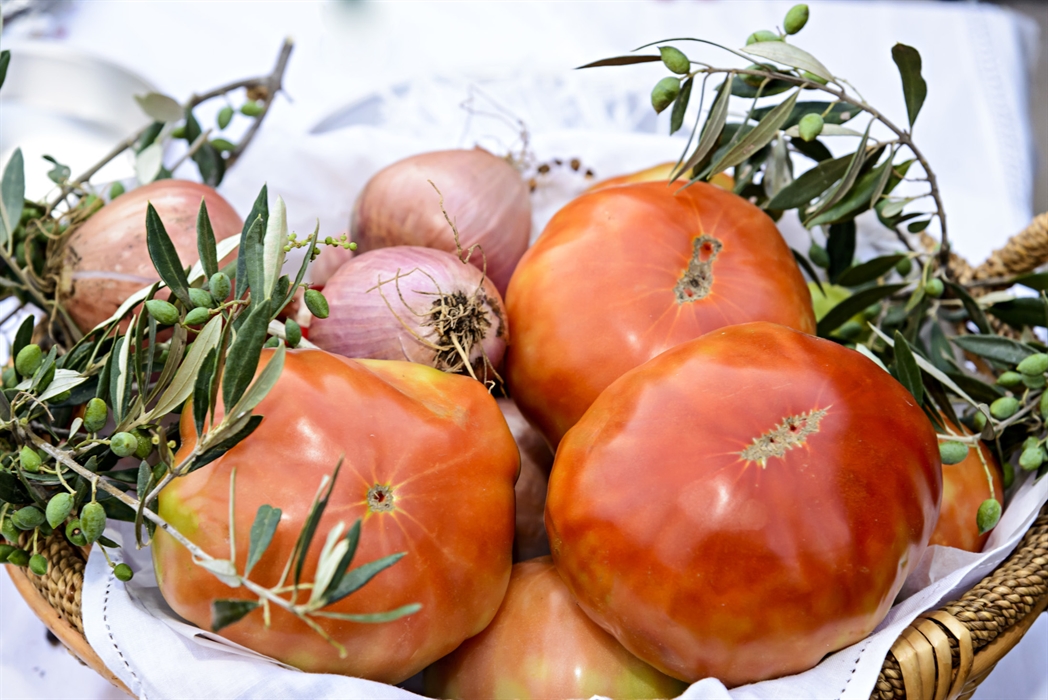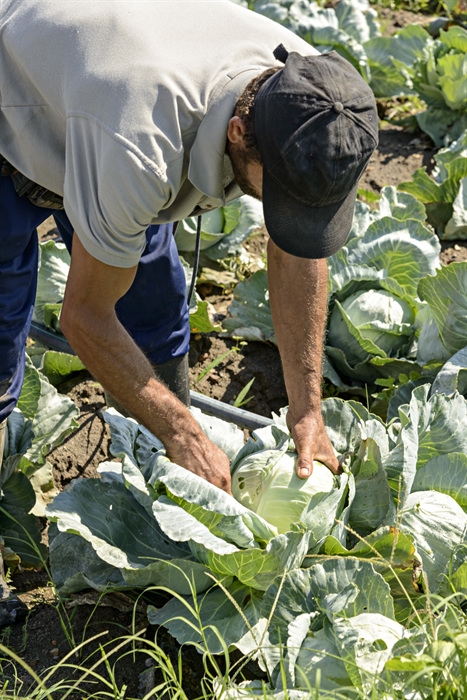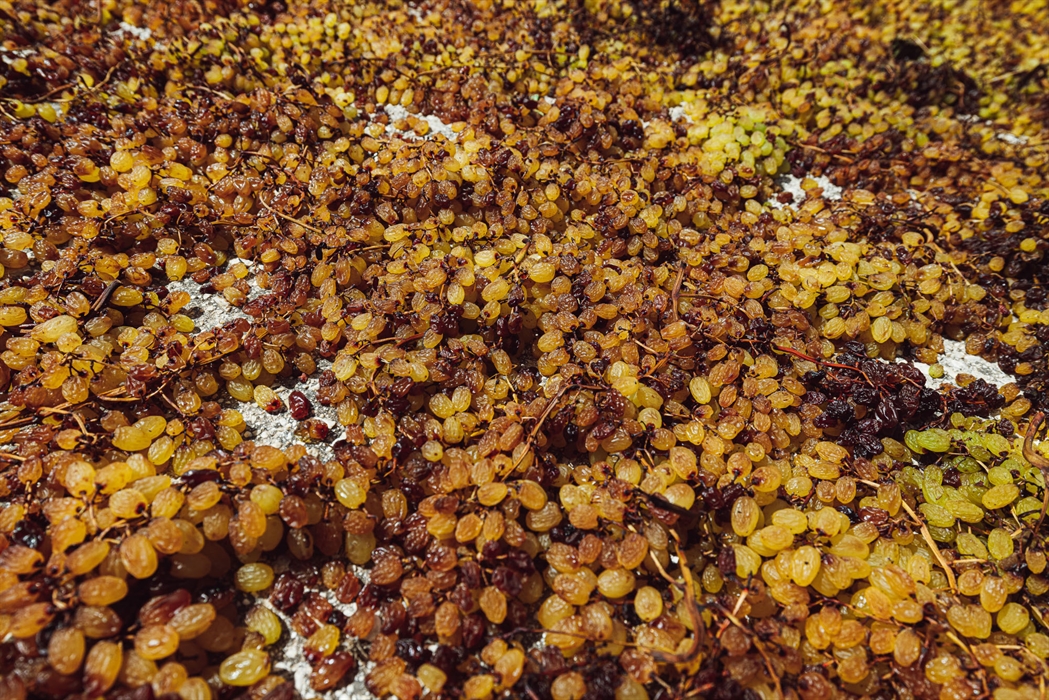The famous Corinthian raisin
It is considered a unique product worldwide, it is delicious and has a very long history. It’s worth tasting it, along with other Corinthian products, such as fava beans and Feneos beans.
The raisin has played a crucial role in the region’s economy, and it is cultivated mainly in the northern and western Peloponnese, like in Zakynthos. Two varieties of Corinthian raisins - Vostitsa and raisin of Zakynthos - have a protected designation of origin (PDO).
Its history originates in the Homeric era. Written references to its trade exist since the 12th centuryand in the late 19th century it was considered the “black gold” of Greece, since it accounted for the 75% of exports.
“In the wake of the Balkan Wars, this contributed to the reconstruction of the modern Greek State, the creation of the first industrial cores, as well as the urban transformation of the Greek society in the same period. It is worldwide considered a unique product, since more than 80% of it is produced in Greece. It is a double use variety, meaning that it can be dried or vinified.” Source: Kathimerini).
The Corinthian raisin comes from drying grapes of the variety Vitis vinifera L. var Apyrena. It is small-sized, black and seedless. This raisin was named after the Corinthian Gulf, at the ports of which started its exportation. The drying is carried out in the sun )which is the most common method), so it lasts 10-12 days. Drying in the shade produces a raisin of higher quality, and it is carried out by placing the grapes on wires under the dryer-canopy.
The Corinthian raisin is considered superfood. It contains antioxidants, vegetable fibers, trace elements, potassium, vitamin A, B complex vitamins, iron. It has anti-tumour activity and it’s a source of energy. We use it in cakes, tartes, pies, salads, for stuffing meat and poultry, and elsewhere.
Other Corinthian products
Apart from the famous wines of Nemea, fava and beans of Feneos, in Corinthia citruses are produces, olives and olive oil, vegetables, tobacco and cereal. On the east side of the Prefecture, they collect (it’s limited today) resin.
Husbandry is developing mainly in northern Corinthia, in the mountainous areas of Feneos, Stymphalia, Evrostini - that’s why in the tavernas of the regions, you’ll taste exquisite meats. Most of the animal farming businesses are run by families and are small. Most of the goats, sheep and cattle are grazing livestock. In the small cheese manufacturers of Feneos and Stymphalia, cheese and butter are produced. Apiculture is also developed.
Did you know:
The other raisin variety is sultana, which is blonde. It is mainly cultivated in Crete, but also in Corinthia.
Location
Find the destination on the interactive map below.
Σχετικό περιεχόμενο χρηστών (UGC)
Ενημερωθείτε για ενδιαφέροντα θέματα γύρω από τον προορισμό μέσα από το περιεχόμενο των χρηστών μας
Discover 7 hidden gems of the Peloponnese
Many of you may have already visited some of the most renowned attractions…
TOP 10 archaeological museums in the Peloponnese
Olympia, Mycenae, Epidaurus, Diros Cave, Ancient Corinth, Messene and…
TOP 10 Castles in the Peloponnese
Castles galore! Mystras, Monemvasia, Palamidi, Methoni, Koroni,…
Newsletters
- About us
- FAQ's
- Map
- Tourism information centers
- Disclaimer
- Sitemap
- Our brand
- Media roum
- Adding your bussiness
- Corporate
- MICE

Peloponnese. Greece beyond the obvious





Design and creation from Cosmote
Marinas and Moorings
Diving centers
Get inspired
- Media gallery
- Blog
- The Peloponnese in the media
- Your feedback
- Users' general content
- Users' local products
- Users' events content
- Ask a local
More
- Accommodation
- Travel agencies
- Restaurants
- Services
- Destinations Map
- Weather
- Public transport
- Events
- Frequently asked questions
- Useful phones
- B2B
- Destination Data
- Contact



